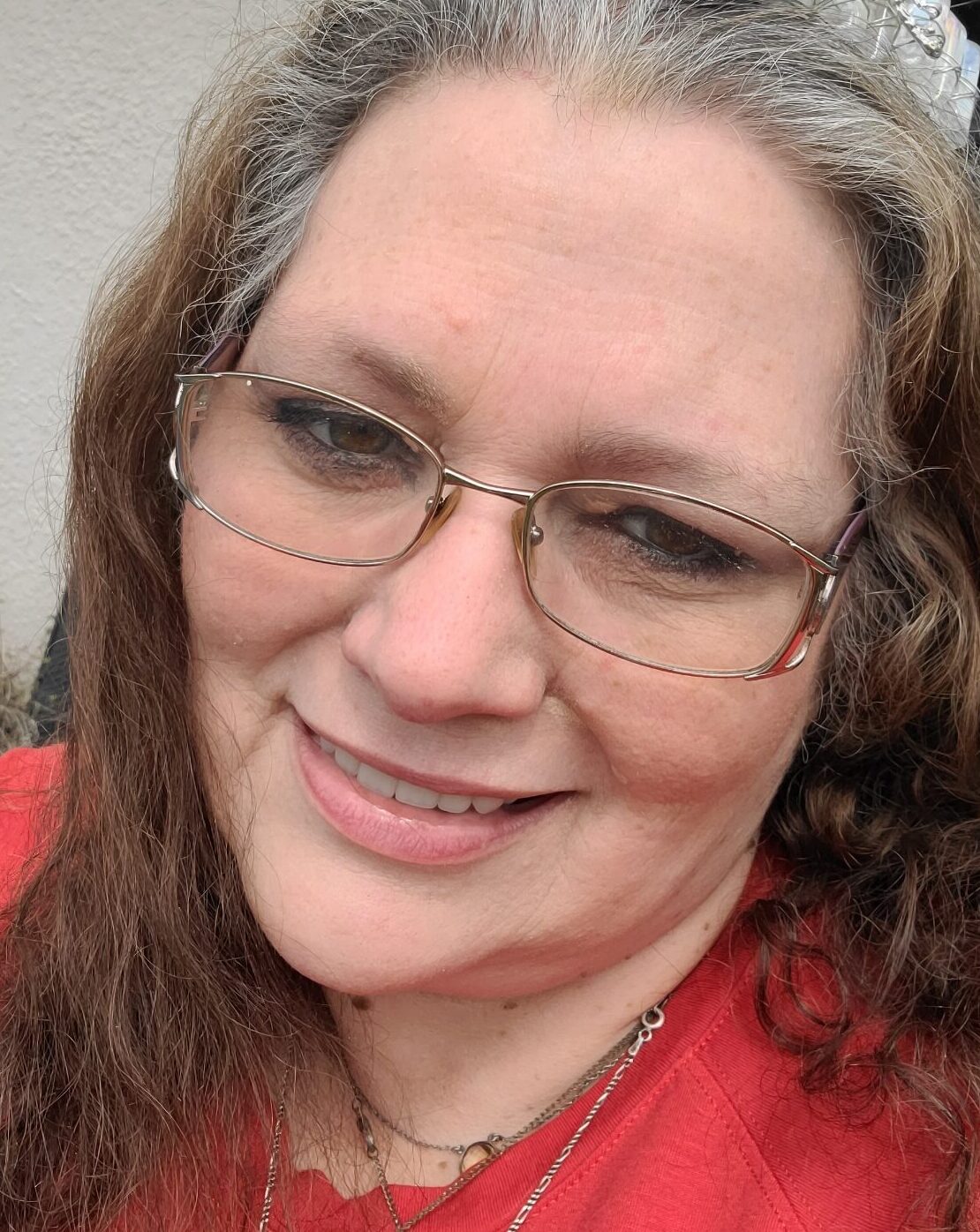From Graphic Design to 3D Printing: My Story

I am Lori Anne Brown – artist, designer, and owner of 3DPrintingDragonfly.
Technology has come a long way since the 1980s. Long before 3D printing took over my world, I was into graphic design and early desktop animation using Lightwave 3d, Amiga computers, and a great tool with a crazy name: The Video Toaster. I built a tiny 3D animation studio with my then-fiancé and taught animation and video editing at Full Sail University for a few years here in Florida. When life shifted and our relationship and business dissolved in 2001, I stepped into ecommerce and built the multi-store online world I still run today.
That first Creality Ender-3 3D printer I bought in 2016 was supposed to be a tool for prototyping plaques and metaphysical décor for MysticConvergence.com. My plan was simple: model designs, print prototypes, make molds, and cast them in resin or plaster to sell on the store. The one flaw? My ex was the original modeler, and my own modeling skills weren’t quite up to what I wanted to do. The printer didn’t go to waste though. I spent those early years printing everything I could get my hands on, experimenting with airbrushing, learning the quirks of the machine, and taking on small commissions to keep it busy and pay for filament. Dice towers, cosplay props, quirky gaming gear—anything people wanted printed, I printed.
Creality’s CR-6 SE Kickstarter campaign came along and I grabbed two. They became my quiet workhorses—printers that could sit for weeks, untouched, and still fire off a flawless print the second I needed one. I kept experimenting, modeling, and figuring out what kind of products I actually wanted to create. The boom of flexi-dragons and fidgets passed me by; I wanted something with more interesting with more character, more story.
In mid-2024, everything changed. I discovered the MiniVerse Make-It-Mini kits—specifically the Harry Potter potion sets. The resin miniatures were adorable, ridiculously detailed, and came with one major problem: nowhere to display them. That single issue launched me into a whole new creative chapter. I started designing miniature display sets and dioramas for the potion kits, the Honeydukes Sweet Shop releases, and eventually the wider MiniVerse line. I shared a few pieces in Facebook groups and the response pushed me straight into business mode. People wanted these displays. They wanted them now.
By January 2025, I opened my Etsy shop dedicated to Miniverse displays and diorama kits. Then reality hit: my older printers were too slow for full-time production. I needed speed, reliability, and larger build areas. Enter the Ender-3 V3 Plus. The 300×300 build volume fit my designs perfectly, the speed was a game changer, and the auto-leveling meant I could actually keep up with orders. I bought one… then bought two weeks later.
The Hi Combo came next. Even though multicolor printing wasn’t a major part of my product line, the Hi opened the door for two-tone signs and accessories and made production more efficient with the CFS loaded and ready. Then I added an Elegoo Centauri Carbon to my growing print garden. After that came the K2 Pro Combo with its second CFS so I can keep eight colors ready for quick-turn prints.
The final addition of 2025 was the Ender-5 Max. I’d planned for it since the moment it was announced, knowing the 400×400 build volume would eventually be essential for future product lines. It turned out to be the fastest printer in my entire farm, and the quality still surprises me every time.
These six main production printers are the backbone of my entire operation. The Hi alone has logged more than 1500 hours this year. My older machines are still here too, quietly handling prototypes and modeling tests. As the business grows, I’ll eventually and sadly retire them to add more faster models.
Modeling is still the toughest part of the process for me, but every project sharpens my skills a little more. Print orientation, speed, quality control—those things are my constant balancing act. Running the printing business alongside my other ecommerce stores has been another juggling test, but efficient scheduling, overnight batch runs, and keeping a small stockpile of my most popular pieces keeps production flowing smoothly.
The tools I rely on have settled into a comfortable rhythm. I still use Lightwave3D for modeling—old habits die hard—and Creality Print for slicing.
Print speed, build volume, and consistency are why I’ve built my farm the way I have. Without these machines, there’s no way I could maintain steady sales while also keeping my main ecommerce stores running. My printing business continues to grow as I add new product lines and build this site and my YouTube channel to document the process.
I know some makers swear that Creality printers require constant tinkering. That has never been my reality. I don’t modify them. I don’t have to fuss with them. I just print. Occasional clogs and jams are normal for any machine, but my Creality printers show up for work every day without fuss printing nearly 24/7 all year long.
This little print farm in Sanford, Florida, built from a love of miniatures, a background in art and animation, and a lifetime of creative curiosity, has become the perfect blend of hobby and business. Everything I design, print, and package travels from my studio to collectors, crafters, and MiniVerse fans all over the world. And every single product starts with the same spark that pulled me in back in 2016: the simple joy of turning an idea into something real.